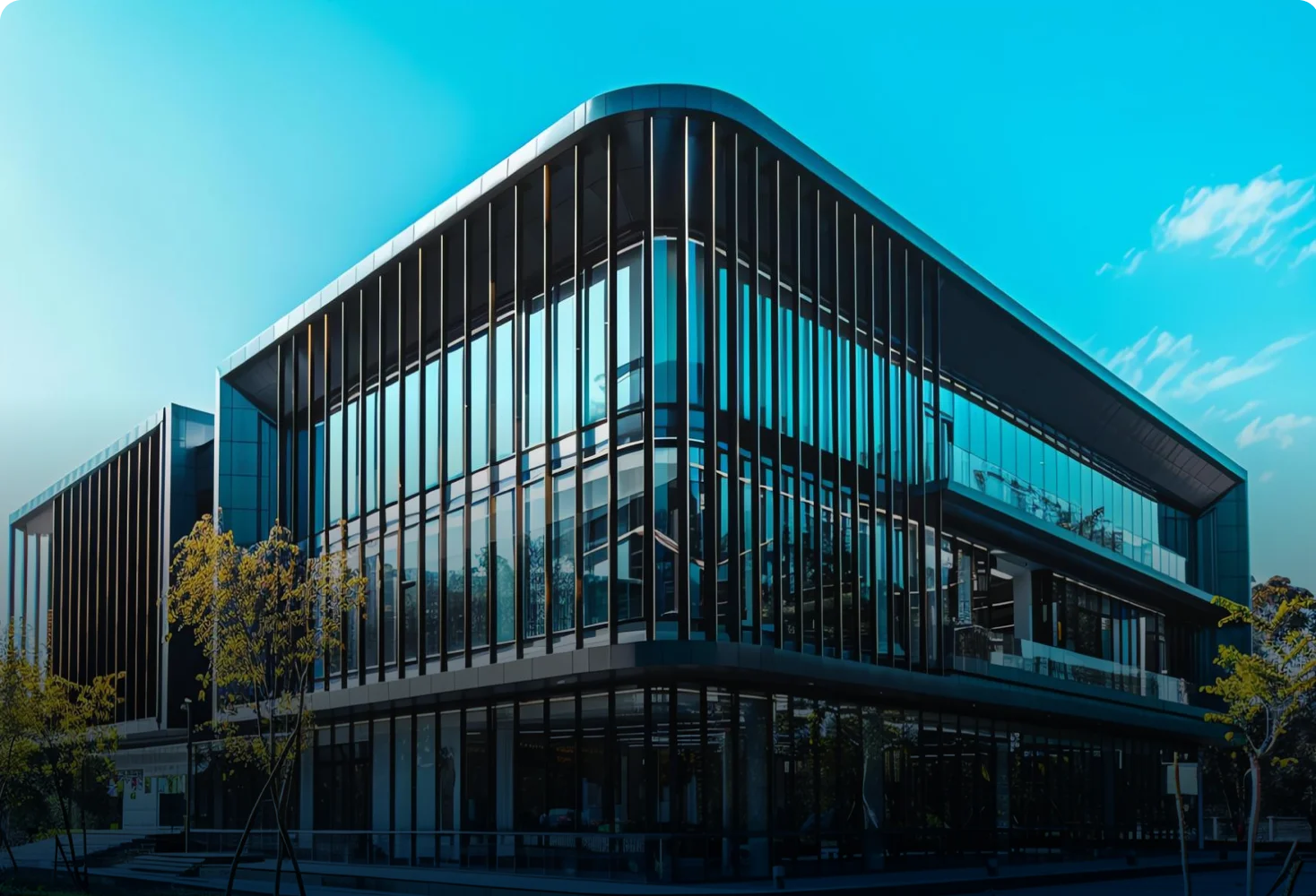
How class A office building increased recovery from tenants by $100,000




Challenge
A 480,000 sq ft Class A office building in New York had been doing submetering with a legacy provider for many years.
The on-site teams had always had a hunch that they were undercharging tenants for their submetered usage but all they had to go off of was the bills delivered each month.
There was no online portal to get transparency into why bills were going up or down, compare the rates charged by utilities and the submetering provider, track recovery over time or download bills.
Solution
Ownership adopted the Enertiv Platform to digitize operations across maintenance, energy management, and tenant billing.
Because the billing portion is tenant facing, it was the first module of the platform to be incorporated.
The transition was simple, Enertiv was able to leverage the existing metering infrastructure to pull in tenant utility consumption data in real time. Enertiv also directly integrated with the base building utility providers to pull in and digitize utility bills every month for automated dynamic rate calculation necessary for accurate tenant billing.
The difference was a much more sophisticated billing system and client success team.

Results
In the first month of taking over the billing, Enertiv identified a significant error that the previous vendor had been performing when calculating the rate billed to tenants.
Basically, the vendor had been assigning either the supply or delivery charge from the base building electric utility bills to each tenant to determine the rate, instead of using the industry standard blended rate approach which incorporates both the supply and delivery charges.
The result was that the vendor was not passing down to tenants the full utility costs incurred by the landlord every month, resulting in a hefty loss.
Enertiv verified with the on-site team that this had nothing to do with any specific lease language and corrected the billing immediately.
Doing so increased recovery by 70%. Annualized, that simple change added $100,000 to the bottom line of the property.
From there, the property will improve cash flow even more by reducing operating expenses related to maintenance and base building energy use.
Summary for March 2021






